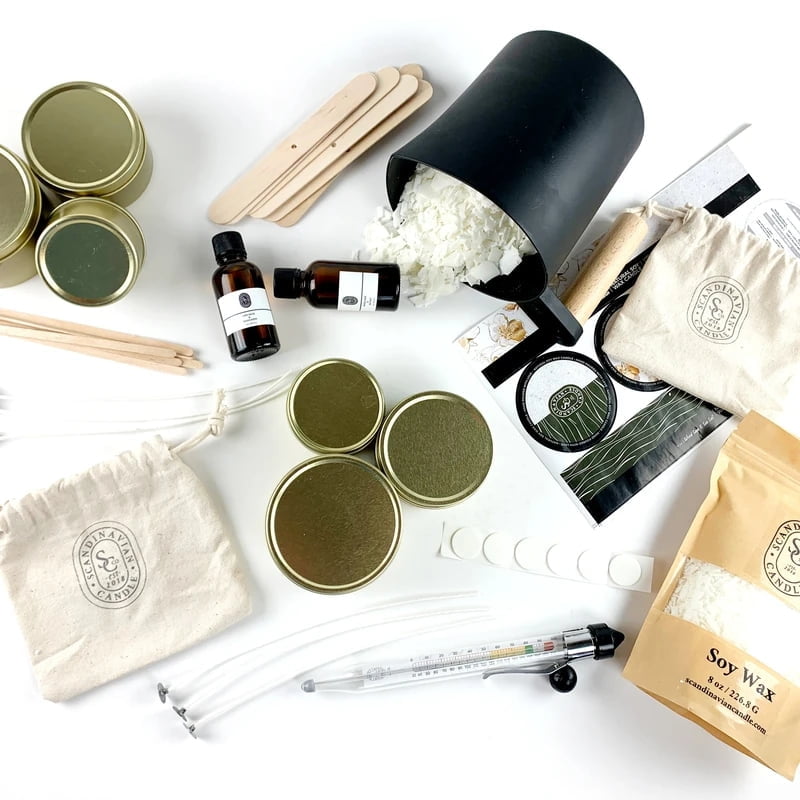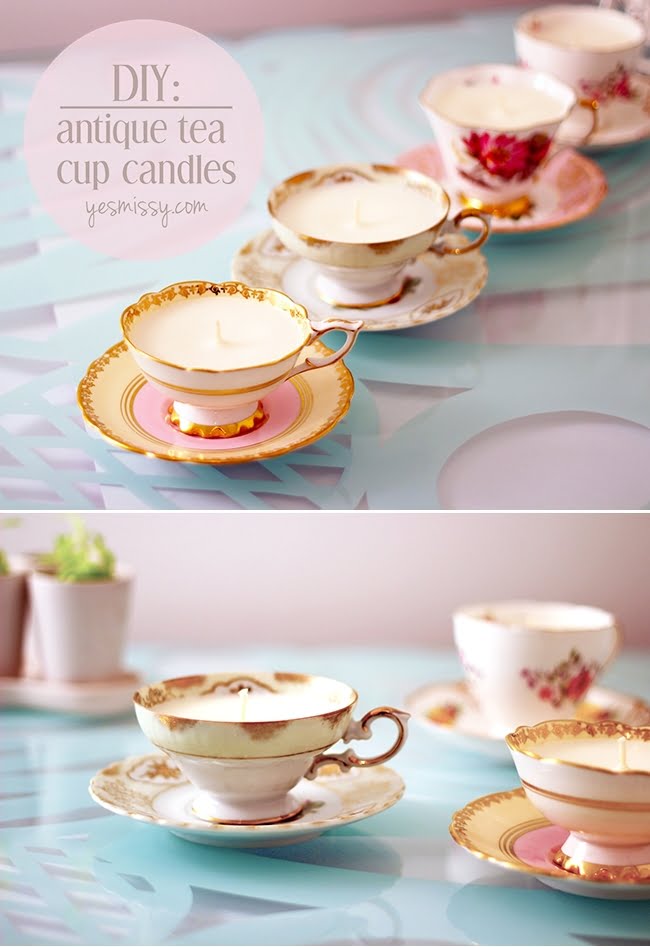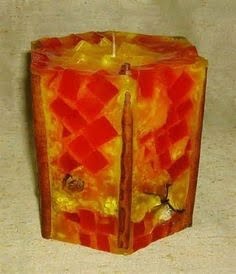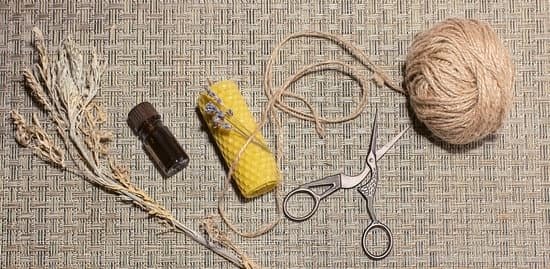Statement
Here at Traditional Candle Making, we are dedicated to providing the highest quality candles and candlemaking supplies available. From our all natural beeswax candles, to our eco-friendly soy wax candles, to our wide selection of candlemaking supplies, we strive to provide everything you need to make the perfect candle.
We believe that the best candles are made with the highest quality ingredients, and that’s why we only use the best beeswax and soy wax available. We also believe that it’s important to use sustainable and environmentally friendly ingredients, and that’s why we use soy wax, which is made from renewable resources.
We also believe in providing exceptional customer service. That’s why we offer a 100% satisfaction guarantee on all of our products. If you’re not completely satisfied with your purchase, we’ll do whatever it takes to make things right.
We hope you’ll give us a try and experience the quality, service, and passion for candles that we have here at Traditional Candle Making.
Types Of Candle Making Wax
es
There are a variety of different types of candle making waxes that can be used for different types of candles. Each type of wax has its own set of characteristics that make it better suited for a certain type of candle.
The most popular type of wax for general candle making is paraffin wax. Paraffin wax is a petroleum-based wax that is easy to work with and has a relatively low melting point, making it easy to melt and pour. It also has a good burning quality, producing a consistent flame and minimal soot.
Another popular type of wax for candle making is soy wax. Soy wax is made from soybeans, making it a natural and renewable resource. It has a higher melting point than paraffin wax, which makes it better suited for candles that need to be burned for longer periods of time. Soy wax also has a good burning quality and produces little to no soot.
Other types of wax that can be used for candle making include beeswax, gel wax, and palm wax. Each of these waxes has its own unique characteristics that make it better suited for specific types of candles. For example, beeswax is a natural wax that is made from beeswax, and it has a high melting point. This makes it a good choice for candles that need to be burned for long periods of time. Gel wax is a synthetic wax that is made from petroleum, and it has a low melting point. This makes it a good choice for candles that need to be melted and poured. Palm wax is a natural wax that is made from palm oil, and it has a high melting point. This makes it a good choice for candles that need to be burned for long periods of time.
Community College Candle Making Kansas City
Community colleges provide a wide range of educational opportunities for students of all ages and backgrounds. One popular program offered at many community colleges is candle making. Candle making is a fun and creative way to express yourself, and it can also be a profitable hobby or business.
If you’re interested in learning more about community college candle making programs, or if you’re just looking for some tips on how to make your own candles, you’ve come to the right place. Here you’ll find information on everything from the history of candle making to the different types of candles you can create. You’ll also find tips on choosing the right supplies, safety precautions to take, and ways to market your candles.
So, whether you’re a beginner or an experienced candle maker, we hope you’ll find this information helpful and inspiring. Happy candle making!
Safed Candle Making
Candles have been around for centuries and are still popular today. They come in all shapes and sizes and can be used for a variety of purposes. There are many different ways to make candles, but one of the most popular methods is safed candle making.
Safed candle making is a process that uses a hot wax to create a candle. The wax is melted and then poured into a mold. It is then allowed to cool and harden. The finished candle can then be removed from the mold and used.
There are a few things that you will need to make a safed candle. The first is a hot plate or stove. The wax needs to be melted, so you will need a way to heat it. The second is a mold. The mold can be anything from a simple container to a more elaborate mold made specifically for candles. The third is a wick. The wick is the part of the candle that burns. It is usually made of cotton or another combustible material.
The first step in making a safed candle is to melt the wax. The wax can be melted in a pot on the stove or in a microwave. Be sure to stir the wax frequently while it is melting to prevent it from burning.
Once the wax is melted, it is time to pour it into the mold. The mold can be any shape that you like. Be sure to pour the wax into the mold evenly.
The wax will need to cool and harden before the candle can be removed from the mold. This can take anywhere from a few minutes to a few hours, depending on the size and shape of the candle.
Once the wax has hardened, the candle can be removed from the mold. Be careful not to burn yourself. The wick can be trimmed to the desired length and the candle can be lit.
Candle Making Online Courses
There are many online candle making courses available, which can be a great option for those who want to learn more about candle making. These courses can provide in-depth information about the different types of candles, the different methods of making candles, and the different ingredients that can be used. They can also provide tips and tricks for making the perfect candle.
Choosing the right online candle making course can be a challenge, as there are many different courses available. It is important to consider the level of detail that the course provides, as well as the quality of the instruction. It is also important to make sure that the course is reputable and has a good reputation.
When looking for an online candle making course, it is important to consider the following:
-The level of detail that the course provides
-The quality of the instruction
-The reputation of the course

Welcome to my candle making blog! In this blog, I will be sharing my tips and tricks for making candles. I will also be sharing some of my favorite recipes.





